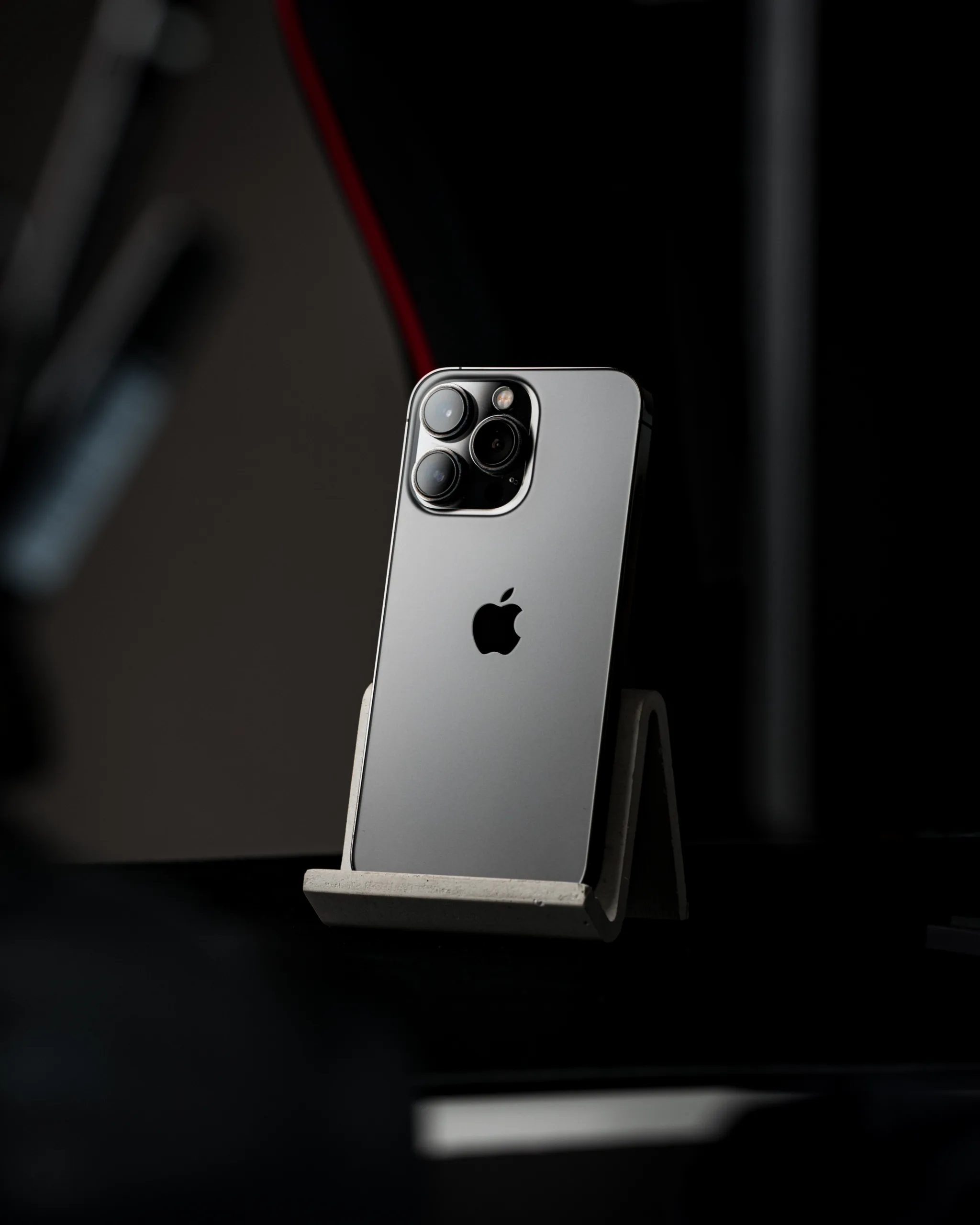In a strategic move aimed at streamlining the charging experience for its users, Apple has made a subtle yet significant announcement regarding its third-generation Apple Pencil. This innovative stylus, designed for iPads, has been revamped to include USB-C charging capability, replacing the erstwhile Lightning charger. This move is indicative of Apple’s commitment to adopting universal charging standards, following pressure from EU regulators. In this article, we delve into the details of this transformation and its implications.
The Evolution of Apple Pencil
The Apple Pencil has been a valuable companion for those engaged in note-taking, sketching, and document annotation. Compatible with a range of iPads, it boasts features like the hover function, enabling users to preview and seamlessly switch between various tools and app controls. Specifically, it pairs elegantly with the 12.9-inch iPad Pro (6th generation) and the 11-inch iPad Pro (4th generation).
Moreover, it’s noteworthy that the third-generation Apple Pencil comes at a more accessible price point, retailing at $79. This is a $20 reduction from its predecessor and $50 less than the original version.
Embracing USB-C Charging
While the Apple Pencil retains its core functionality, the most substantial alteration in this latest model revolves around its charging mechanism. Apple has, for years, remained steadfast in its use of the Lightning connector. However, the shift to USB-C is a significant departure, and it’s poised to simplify the charging process for Apple users.
Apple’s Shift Towards Universal Charging
This shift towards USB-C charging is not an isolated event in Apple’s recent history. At the iPhone 15 event held in September, the company unveiled that all forthcoming models of iPhones, as well as the new AirPods Pro, would embrace USB-C charging. This follows previous transitions, including iPads and MacBooks, to this versatile standard.
The timing of this move is of particular significance. Just under a year ago, the European Union passed legislation mandating the inclusion of USB-C charging support in smartphones, tablets, digital cameras, portable speakers, and other small devices by 2024. The intention behind this groundbreaking law is to reduce the proliferation of diverse chargers and cables, thus simplifying the experience for consumers. Additionally, it allows users to interchange devices and chargers from different manufacturers.
Implications of the EU Regulation
While adhering to this regulation aligns Apple with a universal charging standard, it does come at a price. The company relinquishes control over its proprietary wired charging ecosystem. Identifying quality chargers from subpar ones could pose a challenge for consumers. Apple has, for years, maintained a certain level of control over the accessories market, which is set to change with the implementation of USB-C as the charging norm.
The Future of Charging Ecosystem
As the shift toward universal charging continues to gain momentum, the landscape of accessories and charging solutions is expected to evolve. Consumers can anticipate a broader range of third-party chargers and accessories becoming readily available for their Apple devices. The convenience of mixing and matching devices from different manufacturers will undoubtedly enhance the user experience.
Apple Pencil Sales and Market Analysis
Though Apple does not provide specific sales figures for its Apple Pencil, industry experts estimate that approximately 42 million units have been sold since its debut in 2015. This estimate is based on the assumption that out of the 420 million iPads sold during this period, roughly 10% or fewer of these consumers opted to purchase an Apple Pencil.
David McQueen, a director at ABI Research, speculates on the relatively modest sales numbers, stating, “I’d have to think it’d be this low because of its relatively high price, high-end use case, and the availability of much cheaper alternatives that are capable of working with iPad.” The Apple Pencil, with its premium features, has indeed faced competition from more budget-friendly alternatives in the stylus market.
In conclusion, Apple’s adoption of USB-C charging for its third-generation Apple Pencil signifies a significant shift toward universal charging standards. This move not only reflects compliance with EU regulations but also signals a broader transformation in the charging ecosystem for Apple devices. While Apple Pencil sales may not have reached stratospheric levels, this innovation is set to benefit a diverse range of Apple users, enhancing their overall experience. As technology evolves, it’s heartening to witness Apple’s commitment to making user-friendly adjustments in response to changing times.
iPhone 15 Pro and Pro Max grapple with Troubling Screen Burn-In Challenge
